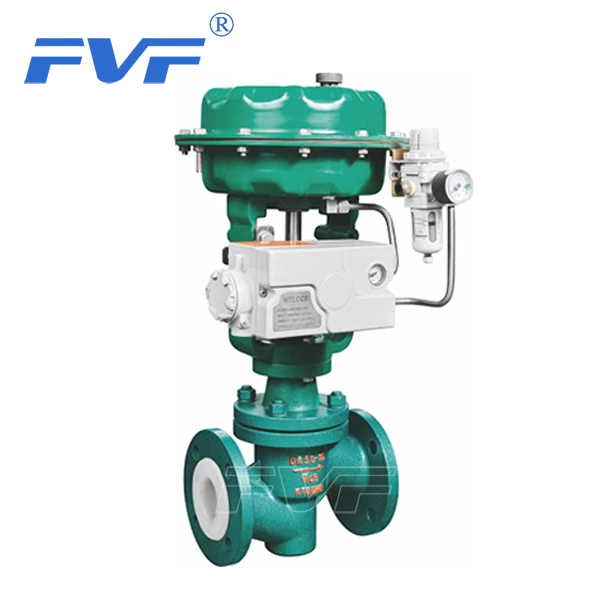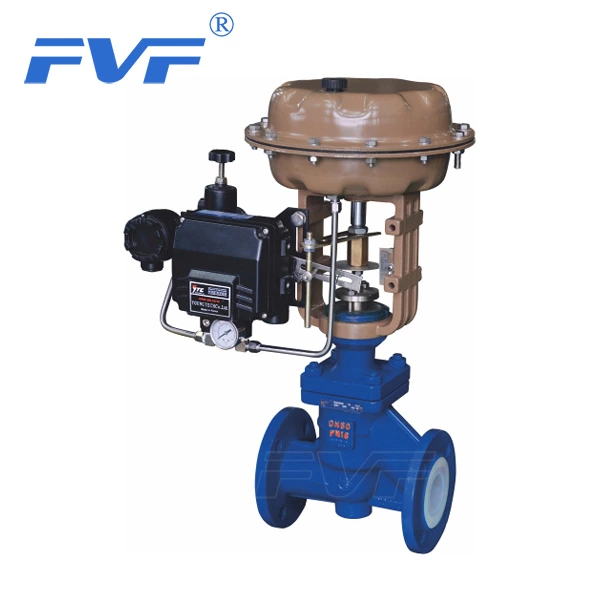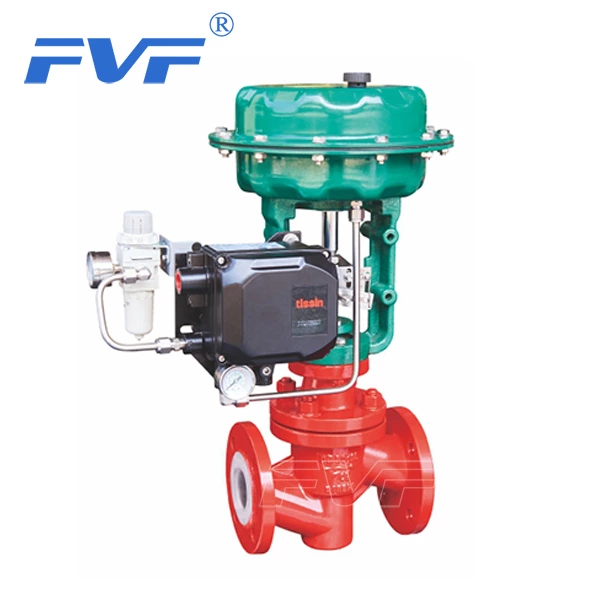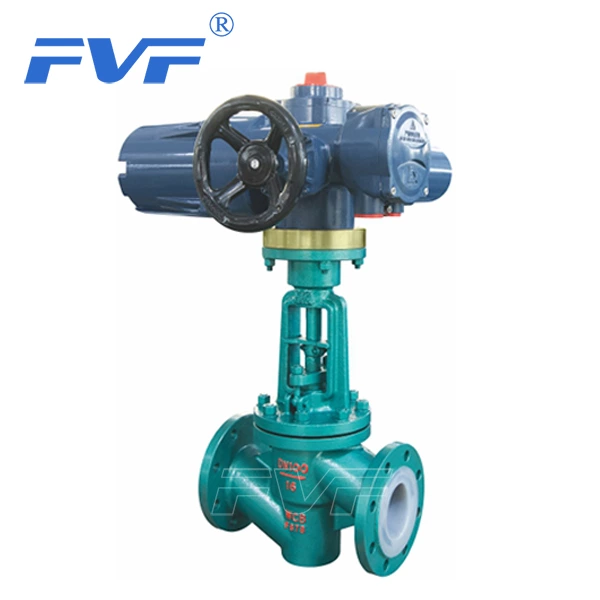Valve Anti-corrosion Lining Material Selection Guide
In the selection of Lined Valve anti-corrosion lining materials, it is crucial to accurately match the needs of different media and complex use environments. The following is an in-depth explanation of several selected anti-corrosion lining materials and their significant features and application scenarios:
1. Polytetrafluoroethylene (PTFE, F4)
Applicable media: Widely applicable to strong corrosive media such as strong acids, strong alkalis, strong oxidants under extreme conditions.
Temperature range: Shows wide temperature tolerance from -200℃ to 180℃.
Unique advantages: Chemical stability, high temperature and extreme cold resistance, extremely low friction coefficient gives it self-lubricating properties, but it should be noted that its mechanical strength is low and the thermal expansion coefficient is large.
2. Polyperfluoroethylene propylene (FEP, F46)
Applicable media: Covers a wide range of media such as organic solvents, various reagents, inorganic acids and alkalis, and chlorinated hydrocarbons.
Temperature range: Applicable to environments of -85℃ to 150℃.
Feature highlights: Based on the excellent performance similar to PTFE, FEP shows higher dynamic toughness, weather resistance, and radiation resistance.
3. Polytrifluoroethylene (PCTEF, F3)
Applicable media: Effectively resist the erosion of organic solvents and inorganic corrosive liquids (especially oxidizing acids).
Temperature range: Stable operation between -195℃ and 120℃.
Performance overview: Its heat resistance, electrical properties and chemical stability are second only to PTFE, and it also performs better in mechanical strength, creep properties and hardness.
4. Polyvinylidene fluoride (PVDF, F2)
Applicable media: Suitable for the anti-corrosion needs of most chemicals and solvents.
Temperature range: Maintain stable performance within the range of -70℃ to 100℃.
Material properties: Tensile and compressive strength exceeds PTFE, and it has excellent bending resistance, weather resistance, radiation resistance, light aging resistance, and is easy to form.
5. Polypropylene (RPP)
Applicable media: Provides effective protection against inorganic salt aqueous solutions, dilute or concentrated solutions of inorganic acids and alkalis.
Temperature range: suitable for working environment of -14℃ to 80℃.
Advantages and characteristics: light weight and high strength, good rigidity, good heat resistance, easy processing and molding, and significant cost-effectiveness, and the performance after modification is even better.
6. Polyolefin (PO) and rigid polyvinyl chloride (PVC)
PO: As an ideal anti-corrosion material, it is widely used in large equipment and pipeline linings, resistant to various concentrations of acids, alkalis, salts and certain organic solvents, with strong temperature adaptability (-58℃ to 80℃), and excellent processing performance.
Rigid PVC: Suitable for media such as water, concentrated alkali, non-oxidizing acids, oils and ozone, with good mechanical strength, chemical stability, dielectric properties, oil resistance, anti-aging properties, moderate price, easy welding and bonding.
Selection suggestions: When selecting valve anti-corrosion lining materials, be sure to ensure that the nominal diameter, shell and connection dimensions of the material perfectly match the valve. At the same time, we conduct in-depth analysis of the medium properties and specific requirements of the use environment, such as temperature, pressure, flow rate and medium corrosiveness, in order to accurately select suitable lining materials to ensure the long-term and stable operation of the valve system.







